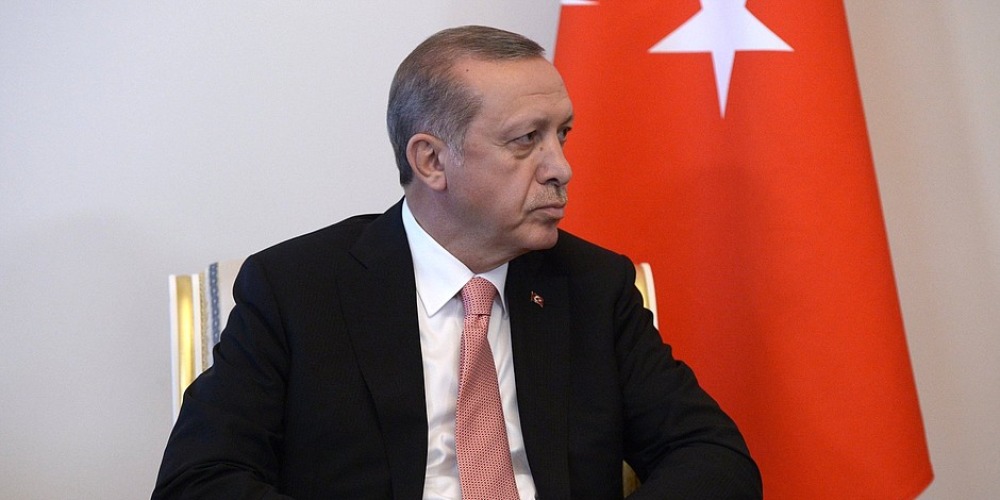Date first published: 21/08/2018
Key sectors: all
Key risks: banking crisis; corporate defaults; lira depreciation; inflation
The Turkish lira is down almost 40 per cent against the US dollar year-to-date. In August alone, the lira has fallen almost 20 per cent. AKE has written extensively elsewhere on the economic causes of the lira’s decline. Tensions with Washington have contributed to the lira’s difficulties. Turkish President Recep Tayyip Erdogan likely requires a face-saving solution to allow him to release imprisoned pastor Andrew Brunson, but intransience from US President Donald Trump may make that impossible. Yet, even if relations with the US improve, without economic measures the lira will remain at risk. At this stage the core question is what viable remedial economic options are available.
Turkey’s government has passed prudential measures to limit short selling, but there has been little concrete action to address the underlying causes of the lira crisis. Doing nothing and hoping to wait out the crisis is risky. Turkish firms have around US$335bln in foreign currency loans, with much unhedged. The weak lira makes servicing external debt difficult and could create difficulties for companies that attempt to roll over on maturing loans. Absent a lira recovery, restructuring and defaults are inevitable. Banks have also relied on wholesale FX funding, which means they are at risk if that funding dries up. Estimates suggest that banks are scheduled to repay US$51bln over the next year. Furthermore, bank equity is held in lira, even as a large proportion of funding and lending is in foreign currency. This implies that capital ratios will fall as the lira falls. Barclays’ calculates that if the lira falls to 7 to the dollar, banks will only be able to absorb a non-performing loan ratio of around 5 per cent.
Much has been written about the necessity to increase interest rates. Erdogan has long opposed high interest rates, and he has substantial influence over the central bank’s. But even if rates were to rise substantially, this would not be a panacea to Turkey’s crisis. It is unclear if an increase at this stage would restore confidence in the central bank’s independence. Furthermore, Turkish banks have borrowed lira (through complex foreign currency swaps) with short-maturities but lend lira long. Effectively banks have serious maturity mismatches and would accumulate rapid losses if domestic rates were to rapidly increase. While a significant rate increase is necessary, it is risky and unlikely to stem the lira crisis.
A sustained solution would likely require a combination of tighter monetary and fiscal policy. While fiscal policy has been loosened since 2016’s attempted coup, the budget deficit is only around 3 per cent and debt low. However, loose policy has contributed to the economy overheating, inflation climbing, and the current account deficit growing. Foreign financing, potentially from the IMF (although its conditions would likely be rejected by Erdogan) or Qatar – which has already promised US$15bln in support to Ankara – could help fill the financing gap in the medium term and restore confidence. There are hints of fiscal tightening, but little concrete detail.
Turkey has the radical option of imposing restrictive capital controls. Finance Minister Berat Albayrak ruled them out last week, although they are still plausible. However, capital controls would likely be massively destructive. They would almost certainly lead to a massive contraction in external financing – and are inappropriate given Turkey’s finance of foreign capital.



